In order to share experiences and replicate water-saving rice cultivation techniques, the National Agricultural Extension Center in collaboration with the Department of Agriculture and Environment organized a field trip to learn about the alternating wet-dry irrigation technology, associated with the community agricultural extension team model at the Phu Hoa Youth Agricultural Service Cooperative, Tan Hoi Commune. This is an activity within the program of agricultural production innovation and climate change adaptation in the Mekong Delta. Attending the tour were representatives of the Ministry of Agriculture and Environment , the National Agricultural Extension Center, the Department of Agriculture and Environment of 6 provinces and cities in the Mekong Delta, and cooperatives that have successfully applied the alternating wet-dry irrigation technology in rice cultivation.
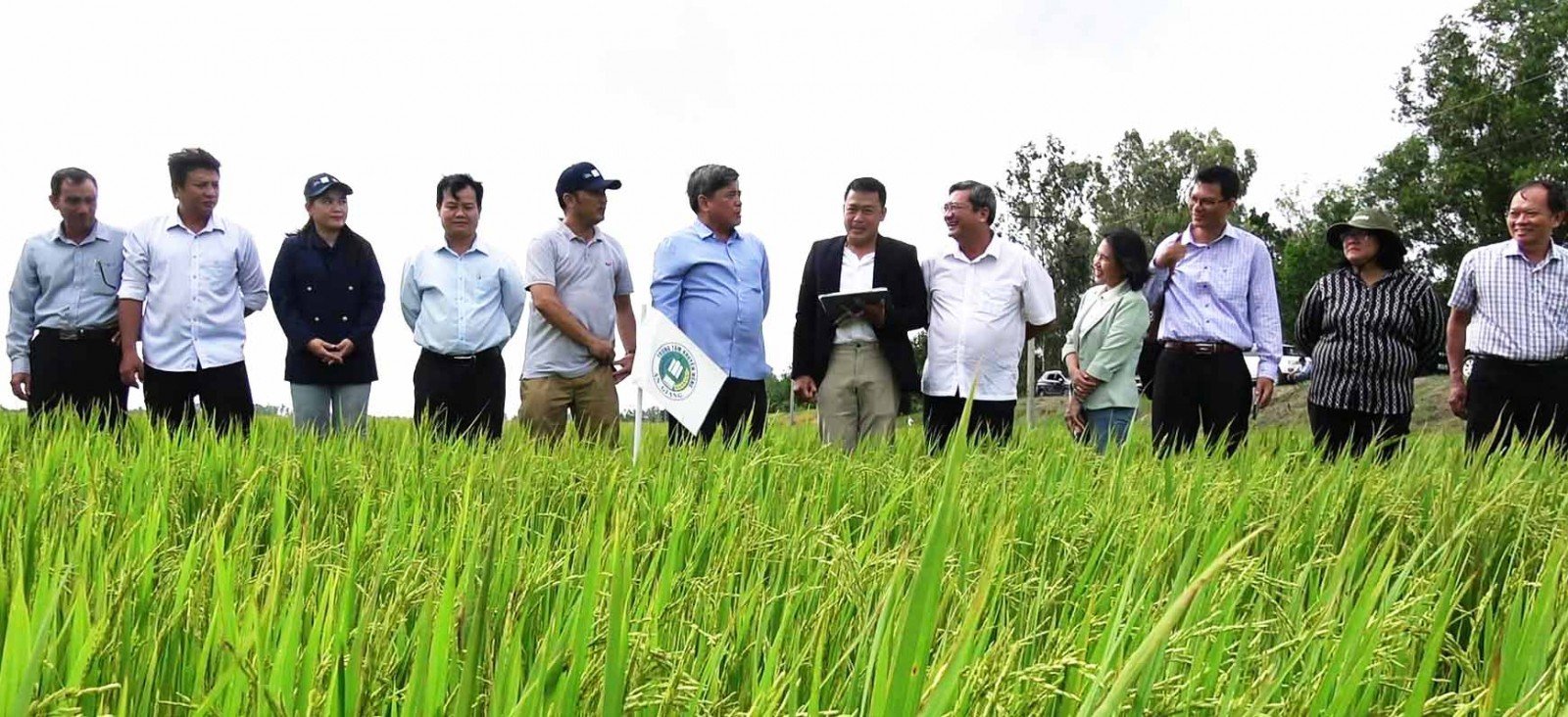
Delegates visit the alternating wet and dry irrigation application model at Phu Hoa Youth Agricultural Service Cooperative, Tan Hoi commune. Photo: HA VU
Representatives from the Provincial Agricultural Extension Center presented the alternating wet-dry irrigation technology, an advanced irrigation solution that helps reduce water usage by 15-30%. Delegates directly observed the process of measuring soil nutrients, controlling emissions, recording logs and statistics, and sharing production data online. These are practical solutions to save water, reduce emissions, and improve rice production efficiency in the context of climate change.
The highlight is that all data is collected, stored and reported online via a cloud computing platform, transparently and without interference. The data is displayed in real time, visually in charts and can be exported to excel format for analysis. The digital platform also allows decentralized management, monitoring of farming processes, water management, seeds, fertilizers and production activities of each farming household.
The entire equipment system is researched, designed and manufactured by GPT Rice Limited Company, integrating artificial intelligence to save costs and manpower in monitoring, measuring and reporting. The system includes many specialized devices such as environmental monitoring sensors (temperature, humidity, light, heat index within a radius of 10km), soil texture sensors, water level sensors on the field during the rice growing season. Monitoring devices help turn pumps into smart devices, remotely managing on and off. Greenhouse gas emission measuring devices use TDLAS and NDIR technology to allow accurate measurements directly in the field.
With a compact, easy-to-operate design, this equipment system not only supports water-saving rice cultivation and emission reduction, but is also an important premise towards building carbon credits in sustainable agriculture. This equipment system is a powerful support tool for community agricultural extension forces, reducing the effort and time required to directly go to the fields to measure and record data.
After the field visit, delegates discussed the possibility of replicating the model in the coming time. Many proposals and recommendations from the locality were recorded to perfect the sustainable rice production solution for the entire Mekong Delta in general and An Giang in particular. According to the orientation of the provincial agricultural sector, the alternating wet and dry irrigation model continues to be replicated in key production areas, contributing to improving the efficiency of water resource use, reducing costs and moving towards green, smart and sustainable rice production.
HA VU
Source: https://baoangiang.com.vn/ung-dung-cong-nghe-tuoi-uot-kho-xen-ke-vao-san-xuat-a466976.html


![[Photo] Highways passing through Dong Nai](https://vphoto.vietnam.vn/thumb/1200x675/vietnam/resource/IMAGE/2025/11/12/1762940149627_ndo_br_1-resize-5756-jpg.webp)

![[Photo] Prime Minister Pham Minh Chinh attends a conference to review one year of deploying forces to participate in protecting security and order at the grassroots level.](https://vphoto.vietnam.vn/thumb/1200x675/vietnam/resource/IMAGE/2025/11/12/1762957553775_dsc-2379-jpg.webp)

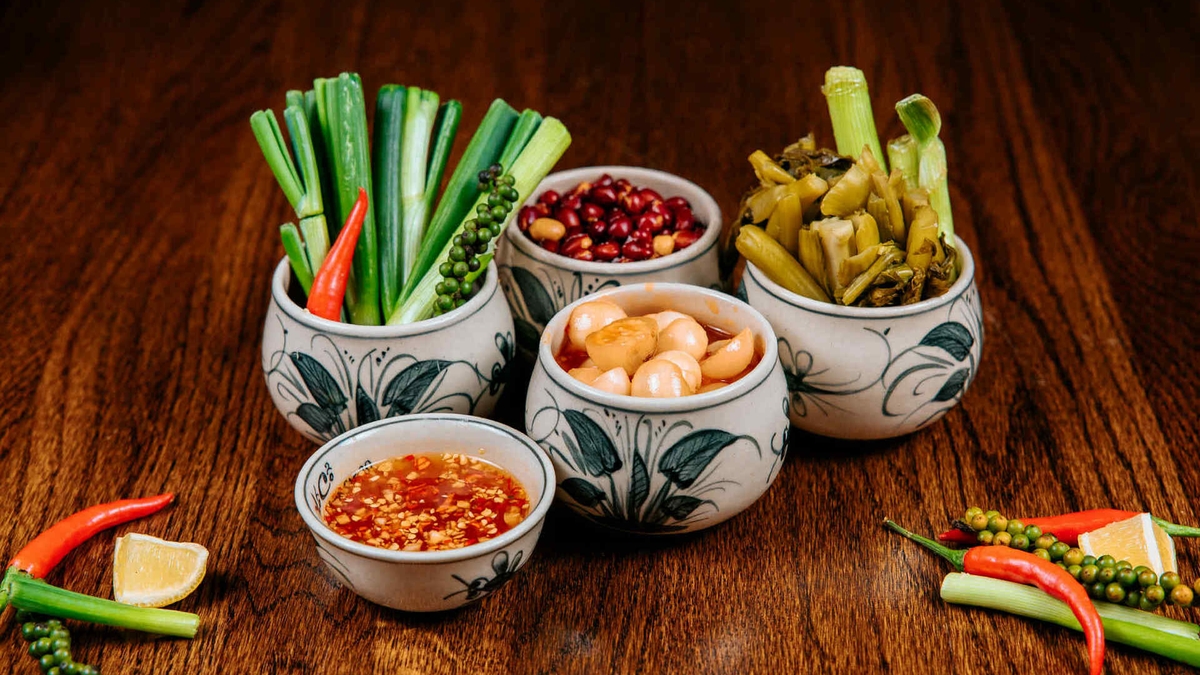

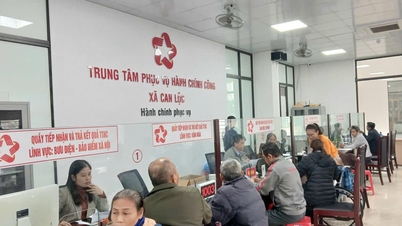


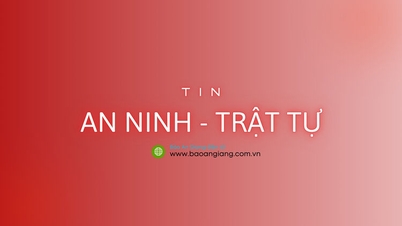


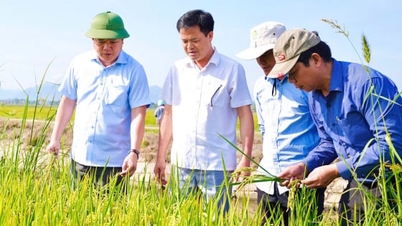

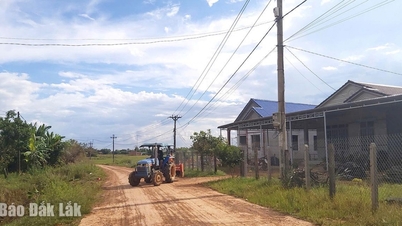

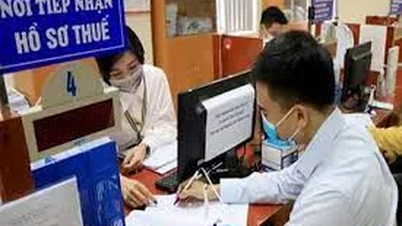










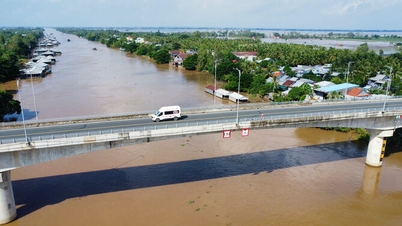
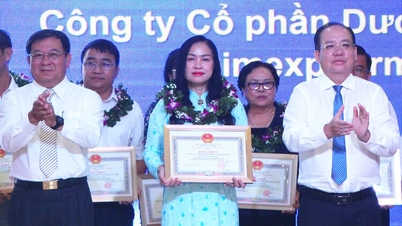
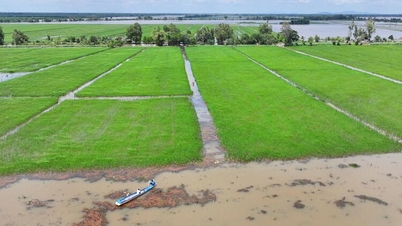

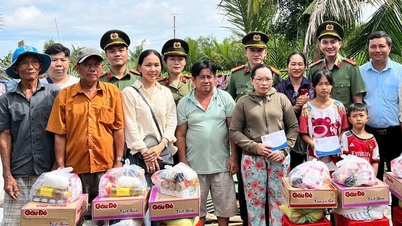









































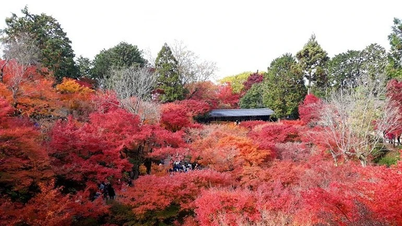





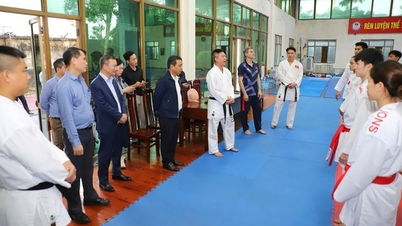

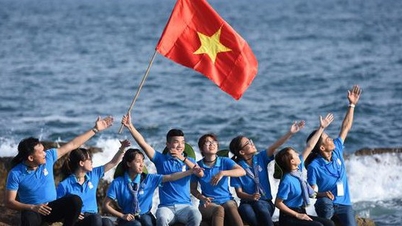




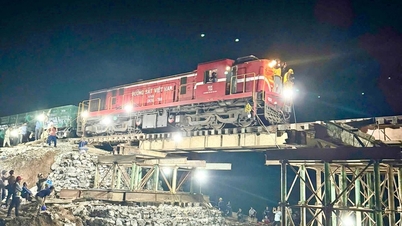














![Dong Nai OCOP transition: [Article 3] Linking tourism with OCOP product consumption](https://vphoto.vietnam.vn/thumb/402x226/vietnam/resource/IMAGE/2025/11/10/1762739199309_1324-2740-7_n-162543_981.jpeg)


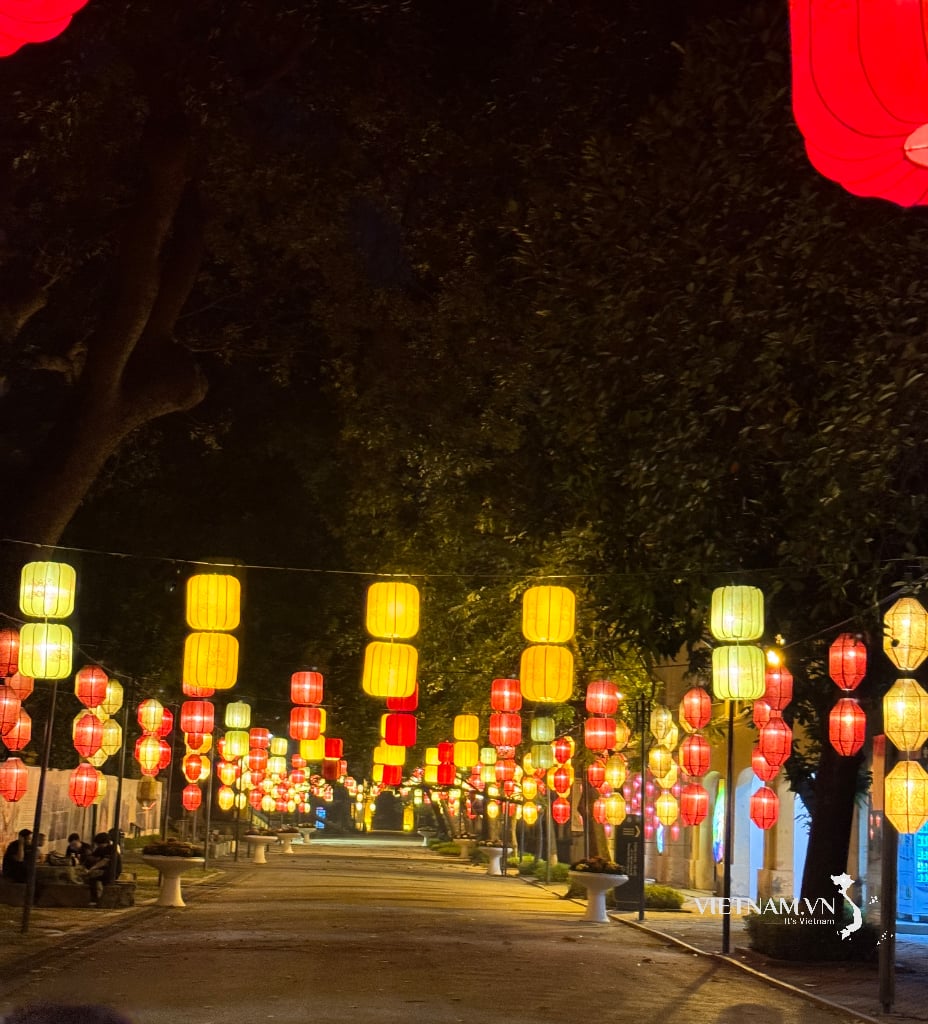



Comment (0)